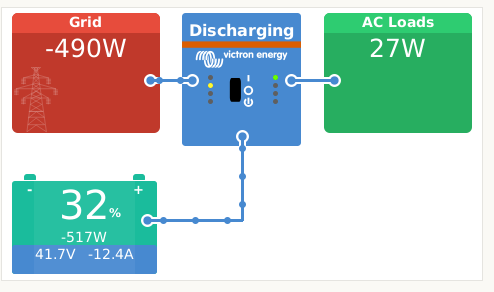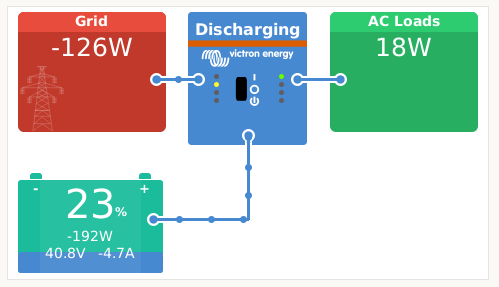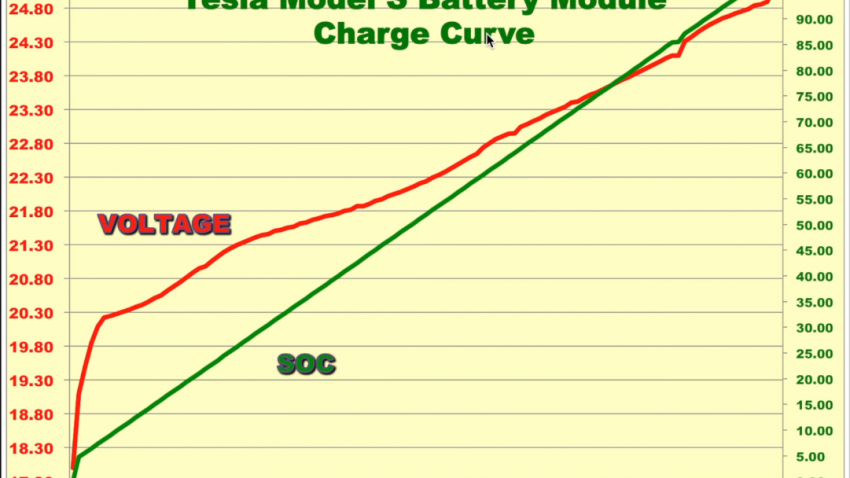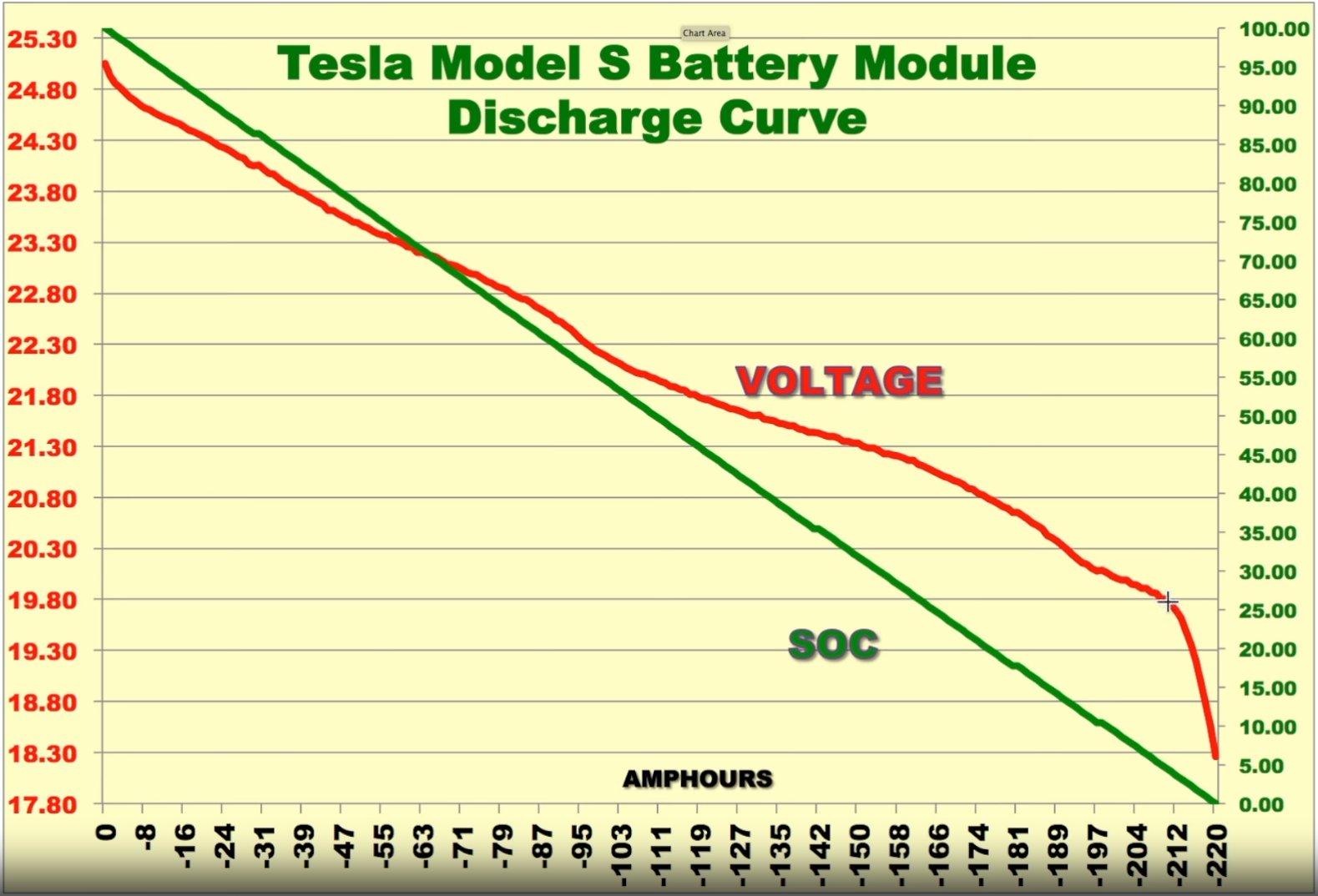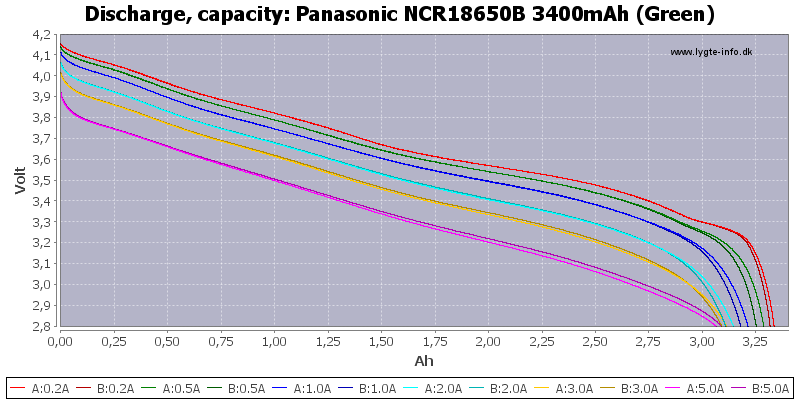I am discharging to the grid at a rate of up to 35A@48V. But as the voltage of the battery goes down, the discharge rate goes down and eventually stops completely. Here are a few screenshots of the readings on the GX device.
The battery voltage can be between 36.0V (0% SoC) and 50.4V (100% SoC). Battery is approx. 10 kWh @48V (220 Ah).
The minimum SOC (unless grid fails) is set to 10%.
The grid set point is set to -500 W.
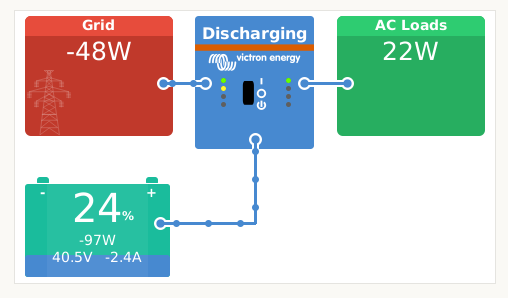
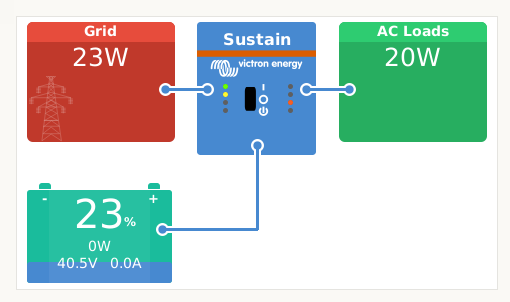
As you can see, the battery voltage is 40.5V, so there is energy left in the battery...
I have set dynamic cut-off values to 39.0V (0.005C), 37.5V (0.25C), 36.9V (0.7C) and 36.0V (2C).
Sustain voltage is set to 36.0V (during the first 24 hours) and 39.0V (after 24 hours).
My question has two parts (that are probably related):
1. why does it slow down so much (only 2.4A discharge rate @ 40.5V)
2. why does it stop discharging?


